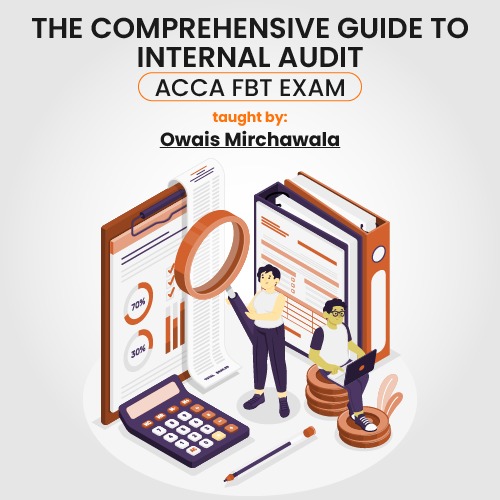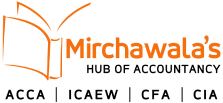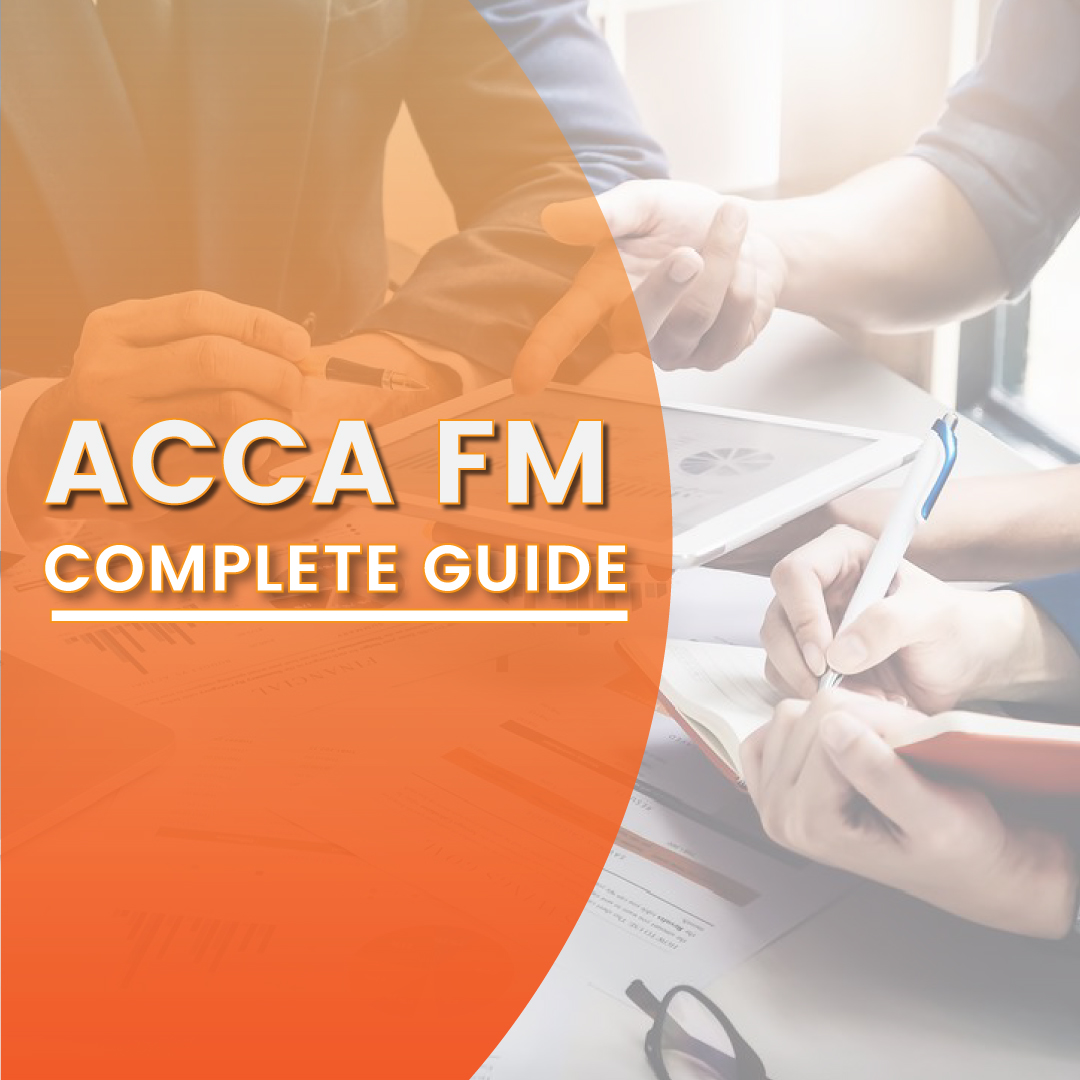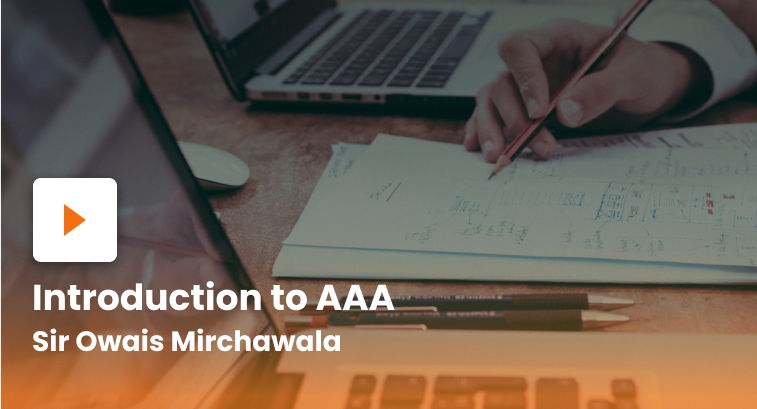The Comprehensive Guide to Internal Audit- ACCA FBT Exam
Uncovering the Essence of Internal Audit in Modern Organizations
In the contemporary complicated panorama of present-day organizations, internal audit emerges as a cornerstone of success. At its core, internal audit is a scientific approach that assesses a business enterprise’s operations, internal controls, and governance to ensure they’ll be strong, compliant, and aligned with strategic goals.

What is Internal Audit?
Definition and Purpose: As purpose advisors, internal auditors examine a whole lot of standards, which include financial facts, inner controls, compliance, and change control, and they provide hints for upgrades. Internal auditors inspect some standards, in addition to monetary facts, internal controls, compliance, and change management, and they provide guidelines for enhancements. After comparing a choice of things, which includes economic statistics, internal controls, compliance, and danger manipulation, internal auditors offer hints for adjustments.
The Role of Internal Audit
Primary Roles and Responsibilities: Businesses rely upon internal auditors to carry out important sports which include identifying dangers, comparing internal controls, tracking compliance, growing operational effectiveness, and engaging in monetary audits.
Importance of Independence and Objectivity: Independence guarantees that internal auditors are unfastened from undue effect, permitting them to offer independent checks.
Contribution to Risk Management and Compliance: Internal audit performs an important function in present-day agencies contributing appreciably to danger management and compliance.
Internal Audit Process
The internal audit process is a well-defined and essential methodology comprising several critical stages, each contributing to the overall effectiveness of the audit:
Planning
Risk-Based Approach: Initiate the process with a risk assessment to identify and prioritize areas of risk within the organization.
Fieldwork: Data Collection: Auditors collect evidence, such as documents, financial records, transaction data, and other relevant information, to evaluate the performance of internal controls.
Audit Report: The audit record is a proper record that informs control and different involved events of the auditor’s conclusions and tips.
Distribution: The audit report is distributed to relevant parties within the organization, promoting transparency and clear communication.
Follow-Up:
Implementation Tracking: Internal auditors monitor the implementation of recommended actions, working closely with management to ensure planned corrective measures are being executed.
Assessment of Impact: Auditors evaluate the effects of applied suggestions to peers if enhancements have correctly addressed concerns and more suitable strategies or controls.
Closure: Once audit recommendations have been successfully implemented and their impact evaluated, the audit is considered closed, with a final report or memorandum documenting the closure. Careful making plans come first, then meticulous fieldwork, meticulous reporting, and vital complying as much as ensuring that adjustments are made.
Types of Internal Audits
There are numerous styles of inner audits, every of which specializes in a positive element of a company’s operations. They weren’t all made the same. We examine four typical internal audit categories here:
Accounting reviews: Financial audits verify that an organization’s financial statements and reporting procedures are accurate, reliable, and compliant with accounting standards.
Operational Audits: Operational aim to decorate the performance and effectiveness of a corporation’s operational processes, along with manufacturing, procurement, and customer service.
Compliance Audits: Compliance audits ensure an organization adheres to laws, regulations, industry standards, and internal policies, reducing legal and regulatory risks.
IT Audits (Information Technology Audits: IT audits focus on evaluating an organization’s information technology systems and infrastructure to ensure data security, system reliability, and compliance with IT regulations and standards.
Standards and Frameworks
Internal auditing operates under universally identified requirements and frameworks that ensure consistency, high quality, and effectiveness within the exercise of internal audit. Two prominent and influential units of guidelines are the Institute of Internal Auditors (IIA) Standards and the Committee of Sponsoring Organizations of the Treadway Commission (COSO) framework.
IIA Standards: The IIA units international standards for internal auditors through its framework, masking internal auditing’s definition, a code of ethics, and international standards.
COSO Framework: Developed with contributions from businesses like the IIA, the COSO framework allows investigation and improvement of internal controls with five key components.
Importance: Adherence to those standards and frameworks ensures consistency, danger discount, legal compliance, governance improvement, and stakeholders’ belief in internal audit practices. Modern companies must comply with these requirements for powerful audits.
Tools and Technology
Technology has substantially modified internal auditing, giving auditors admission to technologies that improve productiveness, accuracy, and effectiveness. Data analytics and audit control software are two critical technological tendencies in this area. Analyzing large datasets for styles, anomalies, and trends can yield insightful information through records analytics.
Data analytics serves several purposes:
Risk Assessment: Auditors use data analytics to identify potential risks and outliers in financial records, transaction data, or operational data, allowing them to focus on high-risk areas.
Fraud Detection: Data analytics can perceive unexpected styles, such as repeated bills, unauthorized admission to, or strange economic activities, that could factor into fraud or irregularities.
Continuous Monitoring: Continuous data monitoring enables auditors to proactively identify issues in real-time, reducing the reliance on periodic audits.
Operational Efficiency: By analyzing data on productivity, cycle times, and resource utilization, data analytics helps Audit .
Reporting
A vital step in auditing is reporting, at some stage in which audit conclusions and hints are recorded and distributed to numerous stakeholders. A well-formatted audit record is important for efficiently speaking the audit`s findings. It offers a concise picture of the audit’s number one effects.
Introduction: The advent segment presents historical statistics approximately the audit, inclusive of its motive, scope, and the audited area or system.
Findings: The coronary heart of the audit report, this phase offers specific findings from the audit. Each finding needs to be clear, concise, and supported through evidence.
Recommendations: Following each locating, the report includes actionable recommendations for addressing recognized issues or improving processes.
Conclusion: The end summarises the overall impacts of the audit, highlighting crucial instructions discovered, figuring out if the audit’s goals had been reached, and underlining the significance of the findings and hints.
Importance of Clear and Actionable Recommendations: Clear and actionable suggestions are the cornerstone of an effective internal audit report.
They are vital for numerous motives:
Facilitating Improvement: Clear pointers offer a roadmap for addressing identified problems and improving tactics, supporting groups to put in force essential modifications extra correctly.
Enhancing Accountability: Actionable tips keep the individuals or departments accountable for imposing corrective moves.
Enhancing Communication: Clear and concise hints sell effective communique between inner auditors and management.
Distribution and Confidentiality of Audit Reports: The distribution and confidentiality of audit reviews are vital issues: Distribution: Audit reviews are typically dispensed to key stakeholders, including senior control, the board of administrators, and applicable departments.
Confidentiality: While audit reports should be shared with relevant events, they may contain sensitive records.
In precis, a well-established internal audit record, containing clean findings and actionable tips, is instrumental in correctly communicating the consequences of the audit. Proper distribution and confidentiality measures ensure that the proper stakeholders are informed while safeguarding sensitive statistics.
Challenges and Best Practices
Challenges Faced by way of Internal Auditors:
Resource Constraints: Limited budgets and staffing can pressure internal audit groups, making it difficult to cover all audit regions very well.
Evolving Risks: Rapid modifications in a generation, policies, and enterprise practices require auditors to live updated and adapt to new chance landscapes.
Resistance to Change: Implementing audit guidelines frequently faces resistance from personnel or departments reluctant to trade established practices.
Best Practices for Successful Internal Audit Operations:
Risk-Based Approach: Priorities audits are primarily based on threat tests.
Continuous Learning: Invest in ongoing training and development to hold auditors up to date on emerging risks, technology, and pleasant practices.
Quality Assurance: Establish a sturdy pleasant guarantee and development program (QAIP) to screen and decorate audit tactics continuously.
Adaptive Reporting: Tailor audit reviews the needs of various stakeholders, offering the proper level of detail and clarity. Internal audit teams can triumph over commonplace demanding situations and successfully contribute to organizational governance, danger management, and manage warranty by way of adopting these great practices.
Professional Standards: Adhere to professional standards, which include those set utilizing the Institute of Internal Auditors (IIA) and COSO framework, to ensure the very best audits.
Continuous Improvement: Regularly evaluate internal audit tactics and seek feedback from stakeholders to discover regions for development. Adapting to evolving enterprise environments and staying agile is key to the success of internal audits inside the modern company panorama. As the commercial enterprise panorama keeps evolving, so does the sector of internal auditing.
Several emerging traits and advancements are poised to shape the future of internal audit:
Artificial Intelligence (AI) and Data Analytics: AI-powered equipment and facts analytics are remodeling internal audits by automating statistics extraction, analysis, and anomaly detection. These technologies decorate the capacity to pick out risks and anomalies in large datasets greater efficiently.
Blockchain Technology: The transparency and safety features of blockchain are gaining a reputation in internal audits.
Cybersecurity Auditing: With the increasing chance of cyberattacks, internal auditors are playing a pivotal role in assessing an enterprise`s cybersecurity measures. Audits now include comparing the effectiveness of cybersecurity controls and incident reaction plans.
Internal audit – the control of controls – can feature as a key part of the corporate governance framework of an organisation and can be viewed as a high level control in response to risk or by considering the detailed work required of internal audit.- ACCA Global
Frequently Asked Questions (FAQ’s)
What is the main purpose of an internal audit?
The number one reason for an internal audit is to assess and examine a company’s operations, internal controls, and governance methods to make certain they may be effective, compliant with guidelines, and aligned with strategic goals. Internal auditors offer guidelines for improvements in areas which include financial reporting, hazard control, and compliance.
What are the specific styles of internal audits usually conducted in organizations?
- Financial Audits: These audits look at an enterprise’s financial statements and reporting techniques to ensure accuracy, reliability, and compliance with accounting standards.
- Operational Audits: Operational audits purpose to enhance the performance and effectiveness of an enterprise’s operational strategies, such as manufacturing, procurement, and customer support.
- Compliance Audits: Compliance audits ensure that an organization adheres to laws, regulations, industry standards, and internal policies, reducing legal and regulatory risks.
- IT Audits (Information Technology Audits): IT audits determine an organization’s data technology systems and infrastructure to ensure information security, system reliability, and compliance with IT rules and requirements.
What are some best practices for conducting successful internal audits?
To conduct successful internal audits, organizations should consider the following best practices:
- Risk-Based Approach: Prioritize audit regions primarily based on risk checks to consciousness sources on excessive-risk regions.
- Continuous Learning: Invest in ongoing training and improvement for auditors to preserve them updated on rising risks, technologies, and high-quality practices.
- Quality Assurance: Establish a robust Quality Assurance and Improvement Program (QAIP) to continuously monitor and enhance audit processes.
Written by Mahnoor Maqbool – student of Mirchawala Hub Of Accountancy










[…] otherwise called above costs, allude to the backhanded costs Read more October 3, […]
[…] otherwise called above costs, allude to the backhanded costs Read more October 3, […]
[…] otherwise called above costs, allude to the backhanded costs Read more October 3, […]
[…] otherwise called above costs, allude to the backhanded costs Read more October 3, […]
Comments are closed.